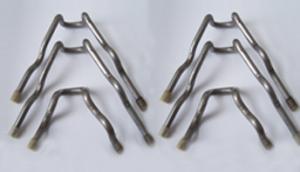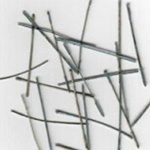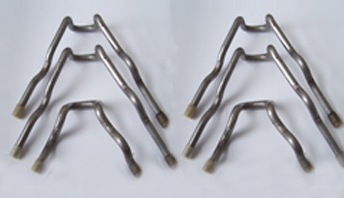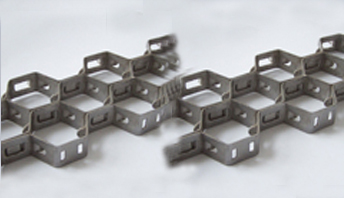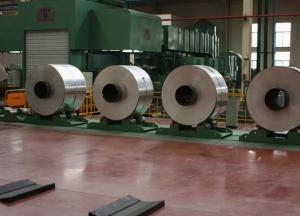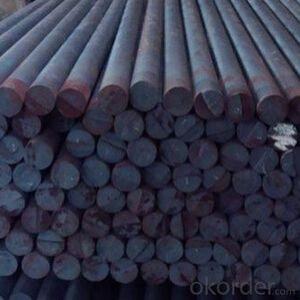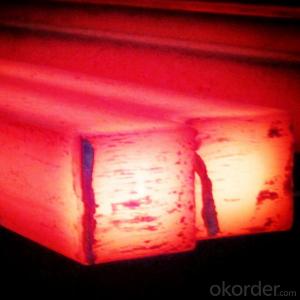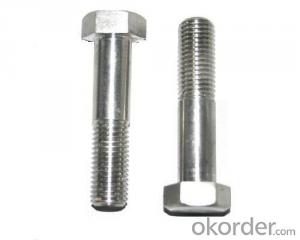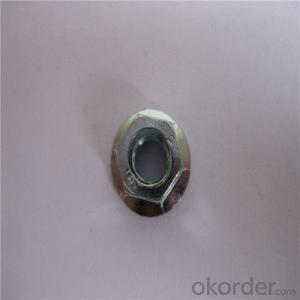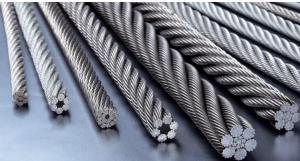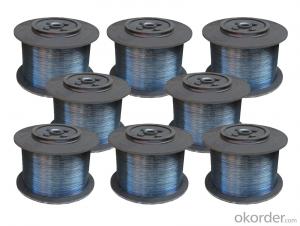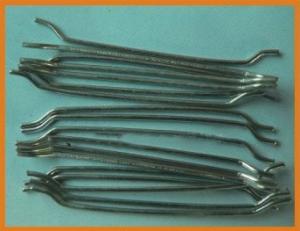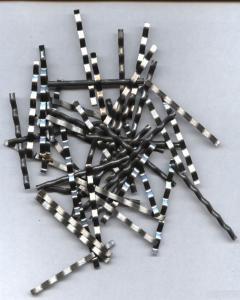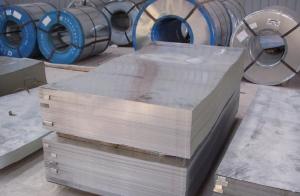Hex Steel pipe good quality
- Loading Port:
- China Main Port
- Payment Terms:
- TT OR LC
- Min Order Qty:
- -
- Supply Capability:
- -
OKorder Service Pledge
Quality Product, Order Online Tracking, Timely Delivery
OKorder Financial Service
Credit Rating, Credit Services, Credit Purchasing
You Might Also Like
Hex Steel
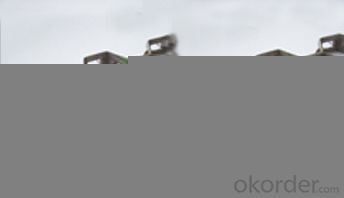 |
- Q: What are the different types of steel wire products?
- There are several different types of steel wire products, including steel wire ropes, steel wire mesh, steel wire cables, steel wire springs, and steel wire fencing.
- Q: What are the different types of steel tanks and vessels available?
- There are several types of steel tanks and vessels available, including storage tanks, pressure vessels, mixing tanks, fermentation vessels, and process tanks. These tanks and vessels vary in terms of their design, shape, and purpose, but they all utilize steel as the primary material for their construction due to its strength and durability.
- Q: What are the advantages of using steel in the manufacturing of solar panels?
- There are several advantages of using steel in the manufacturing of solar panels. Firstly, steel is a strong and durable material, providing excellent structural support and protection to the delicate solar cells. It can withstand harsh weather conditions, extreme temperatures, and resist corrosion, ensuring the longevity of the solar panels. Additionally, steel is a widely available and cost-effective material, making it an ideal choice for large-scale production of solar panels. It is also highly recyclable, promoting sustainability and reducing environmental impact. Overall, steel enhances the efficiency, reliability, and affordability of solar panels, making them a viable and sustainable energy solution.
- Q: What are the different types of steel wires and their applications in the automotive industry?
- There are several types of steel wires used in the automotive industry. High carbon steel wires are commonly used for making springs, such as suspension and engine valve springs, due to their excellent strength and durability. Stainless steel wires are used for applications that require resistance to corrosion and high temperatures, like exhaust systems and fuel injection lines. Galvanized steel wires, which are coated with zinc, are used for various automotive applications, including wire harnesses and reinforcements. Lastly, piano wire, a high tensile steel wire, is used for applications that require high strength and precision, such as control cables and seat frames.
- Q: What are the advantages of using steel in automotive chassis?
- There are several advantages of using steel in automotive chassis. Firstly, steel is known for its high strength and durability, making it capable of withstanding heavy loads and impacts. This enhances the safety of the vehicle and protects the occupants in case of accidents. Secondly, steel offers excellent corrosion resistance, ensuring that the chassis remains intact and structurally sound for a longer period. Additionally, steel is relatively cost-effective and readily available, making it a cost-efficient choice for automotive manufacturers. Lastly, steel can be easily formed and welded, allowing for flexibility in design and customization of the chassis to meet specific requirements. Overall, the use of steel in automotive chassis provides strength, safety, longevity, and cost-effectiveness.
- Q: What are the common types of steel products used in the travel and tourism industry?
- Some common types of steel products used in the travel and tourism industry include luggage handles, luggage racks, airplane parts, cruise ship components, and hotel furniture.
- Q: What are the different types of steel products used in the manufacturing of educational toys?
- The different types of steel products used in the manufacturing of educational toys can include steel wires, steel rods, steel sheets, and steel tubes. These steel components are often utilized to provide durability, strength, and structural support to the toys, ensuring their longevity and safe usage by children.
- Q: How are steel products tested and certified for quality and performance?
- Steel products are tested and certified for quality and performance through a series of rigorous evaluation processes. The testing procedures include examining the mechanical properties, such as tensile strength and hardness, as well as conducting chemical analysis to ensure the correct composition of the steel. Additionally, destructive and non-destructive tests are conducted to assess the product's weldability, impact resistance, and dimensional accuracy. These tests are performed by qualified professionals and certified laboratories, following industry standards and specifications. Once the steel products pass all the required tests, they are granted certification to guarantee their quality and performance.
- Q: How is steel tubing used in the oil and gas industry?
- Steel tubing is used in the oil and gas industry for a variety of purposes such as drilling, production, and transportation. It is used as casing and tubing in oil wells to provide structural support and prevent the collapse of the wellbore. Steel tubing is also used for transporting oil and gas from the well to the surface, as well as for various equipment and infrastructure in oil and gas processing facilities.
- Q: What are the different types of steel channels and their uses?
- There are several types of steel channels, including C channels, U channels, and J channels. C channels are commonly used in construction for structural support, while U channels are often used for framing and reinforcement in manufacturing and automotive industries. J channels are typically used for trim or edging purposes, such as finishing off the edges of siding or paneling. Overall, steel channels are versatile and widely used in various applications due to their strength and durability.
Send your message to us
Hex Steel pipe good quality
- Loading Port:
- China Main Port
- Payment Terms:
- TT OR LC
- Min Order Qty:
- -
- Supply Capability:
- -
OKorder Service Pledge
Quality Product, Order Online Tracking, Timely Delivery
OKorder Financial Service
Credit Rating, Credit Services, Credit Purchasing
Similar products
Hot products
Hot Searches
Related keywords

